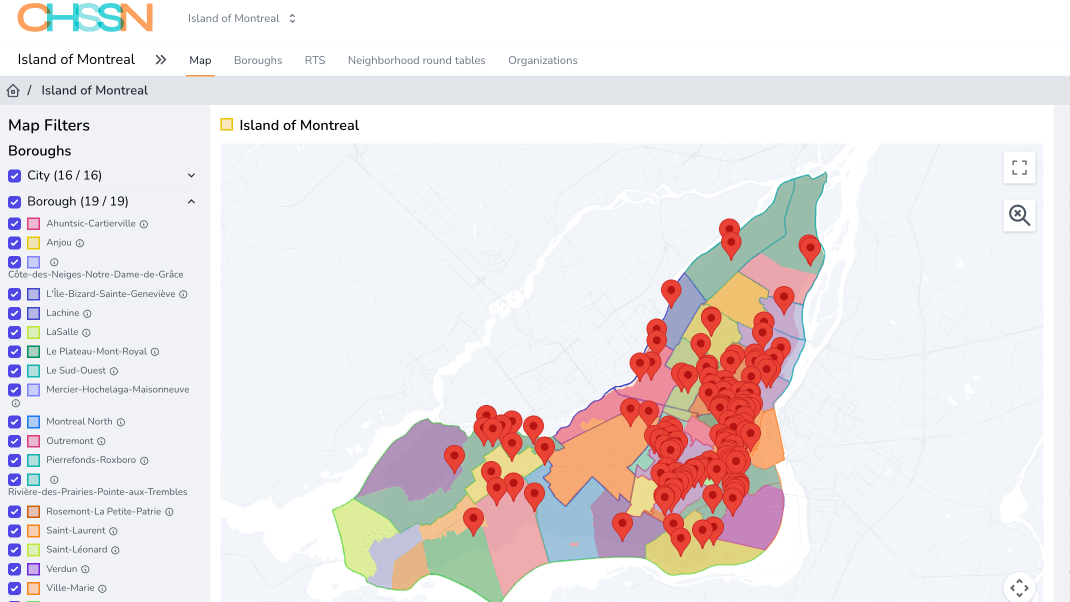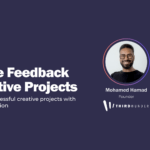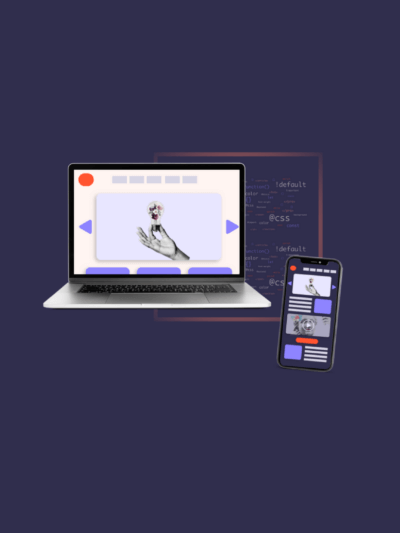How Community Data Is Powering Smarter Social Services in Quebec
Seeing What’s Missing: Why Local Data Matters
It’s hard to solve problems you can’t see—and harder still to advocate for change without data to back you up.
For frontline organizations working across Quebec’s diverse communities, the mission is personal. But doing the work well often means navigating limited resources, growing needs, and complex demographics—with few tools to illuminate the gaps.
That’s changing.
In collaboration with the Community Health and Social Services Network (CHSSN), we at Third Wunder co-developed a secure, closed-access mapping application designed specifically for service providers. It helps organizations visualize where health and social services exist, where they don’t, and who’s being left out. The goal? To turn fragmented data into collective insight—and collective insight into measurable, community-led action.
Here’s what this experience has taught us.
Turning Intuition into Insight
Community organizations are deeply connected to the realities on the ground. They know where support is needed. But they haven’t always had the tools to quantify what they’re seeing and experiencing.
That’s where this kind of mapping becomes powerful. By layering localized demographic data with service locations, organizations can transform intuition into insight. They can show what they know—not just tell it. That matters when making a case, building partnerships, or planning where to go next.
Making the Case: Data-Driven Grant Applications
We’ve seen firsthand how difficult it is for organizations doing vital work to access funding. The truth is, impact alone often isn’t enough. Funders want context. They want numbers. They want to know the work is reaching the people who need it most.
With the mapping tool, service providers can now support their proposals with evidence. They can point to real gaps, real needs, and real opportunities—rooted in region-specific data that resonates with funding agencies.
Designing with Intention and Inclusion
Working with CHSSN has reinforced something we see across the nonprofit sector: impact grows when services reflect the communities they’re meant to serve.
The mapping data invites reflection. Are programs reaching linguistic minorities? Are youth services actually accessible to youth? Who’s missing—and why?
Organizations can use the tool not only to validate their direction, but to challenge their assumptions. That’s how equity takes root—in the details.
Strengthening Connections Through Shared Visibility
Data doesn’t just help you look inward. It helps you look across.
When service providers can see what others are doing in their region, it opens the door to strategic partnerships. It reveals overlaps, gaps, and possibilities for coordination. Already, we’re hearing stories of organizations exploring shared programming or co-locating services thanks to what the map revealed.
That’s the kind of systems-level thinking we need more of.
Building with Purpose
This wasn’t about shipping a product or providing a service. It was about designing something that fit the rhythms and realities of community-based work.
At Third Wunder, we didn’t approach this like an agency building for a client. We approached it like co-creators building with people who care. Every workshop, every feedback loop, every iteration of the app was rooted in that belief.
Technology should never replace community wisdom. It should amplify it. And that’s exactly what this project set out to do.
Final Thoughts
When we say we market what matters, this is what we mean.
We’re proud to support organizations that do essential work, often behind the scenes, with little recognition. And we believe the tools we build should match the heart and hustle our clients bring to the table.
Community data isn’t just a trend. It’s a turning point—a way for organizations to step into greater clarity, confidence, and collaboration.
And if we can help bring that clarity to life, even in a small way, we’re doing the work we set out to do.












